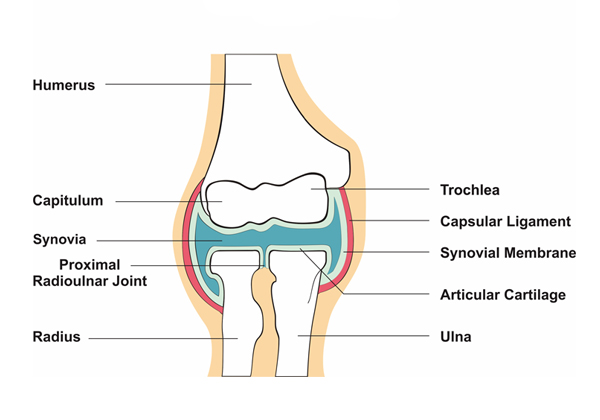Understanding Elbow Ligament Repair: Healing Your Elbow Joint
Overview
What is a Torn Ulnar Collateral Ligament (UCL)?
The UCL acts as a crucial ligament inside your elbow, providing stability for the joint. Athletes, particularly those in throwing sports, can experience tears in this ligament, impacting their ability to perform.
What is UCL Reconstruction Surgery?
This surgery aims to repair a torn UCL. It involves:
- Harvesting a tendon: A healthy tendon is taken from your body (sometimes from a donor) to serve as the new UCL.
- Securing the new tendon: This harvested tendon is then attached to the bones around your elbow, effectively replacing the torn UCL.
Benefits of UCL Reconstruction Surgery
- Improved stability: The surgery stabilizes the elbow joint, reducing unwanted movement.
- Reduced pain: This procedure aims to alleviate pain associated with the torn ligament.
- Restored function: The surgery helps regain your elbow’s range of motion and improve overall joint function.
Who Needs Elbow Ligament Repair?
While UCL tears are common in throwing athletes, other individuals can also experience ligament damage due to overuse or injuries. If non-surgical treatments like rest and physical therapy don’t provide relief, surgery may be recommended.
Understanding the Elbow Joint
The elbow joint is a complex structure involving the upper arm bone and the two forearm bones. It plays a crucial role in everyday activities like bending and straightening your arm, as well as rotating your forearm.
Types of Elbow Ligament Repair Surgeries
There are two main types of surgeries performed on elbow ligaments:
- Tendon debridement: This procedure removes damaged tissue from your existing tendon and cleans the surrounding area. It’s typically used for tendinitis, inflammation of the tendon.
- Tendon release: This surgery involves lengthening or releasing a tight tendon, often used for conditions like tennis elbow or golfer’s elbow.
The Surgical Procedure
- Anesthesia: You will be administered anesthesia to ensure comfort during the surgery.
- Accessing the joint: The surgeon makes a small incision to reach the damaged area.
- Repairing the ligament: Depending on the type of surgery, the surgeon either repairs your existing tendon (debridement) or replaces the torn UCL with a new tendon (reconstruction).
- Closing the incision: After the repair, the surgeon closes the incision with stitches and covers it with sterile dressings.
- Post-operative care: You may receive a splint to support your elbow and be advised on a rehabilitation program for a full recovery.
Rehabilitation after Surgery
Following surgery, attending regular follow-up appointments and diligently following the recommended rehabilitation program are crucial for a successful recovery. Rehabilitation often involves:
- Splinting: Wearing a splint for some time after surgery to support the healing joint.
- Physical therapy: Exercises to strengthen the muscles, improve flexibility, and restore your elbow’s full range of motion.
Remember, this information is intended for general knowledge only and should not replace a personalized assessment and treatment plan from a qualified healthcare professional.

